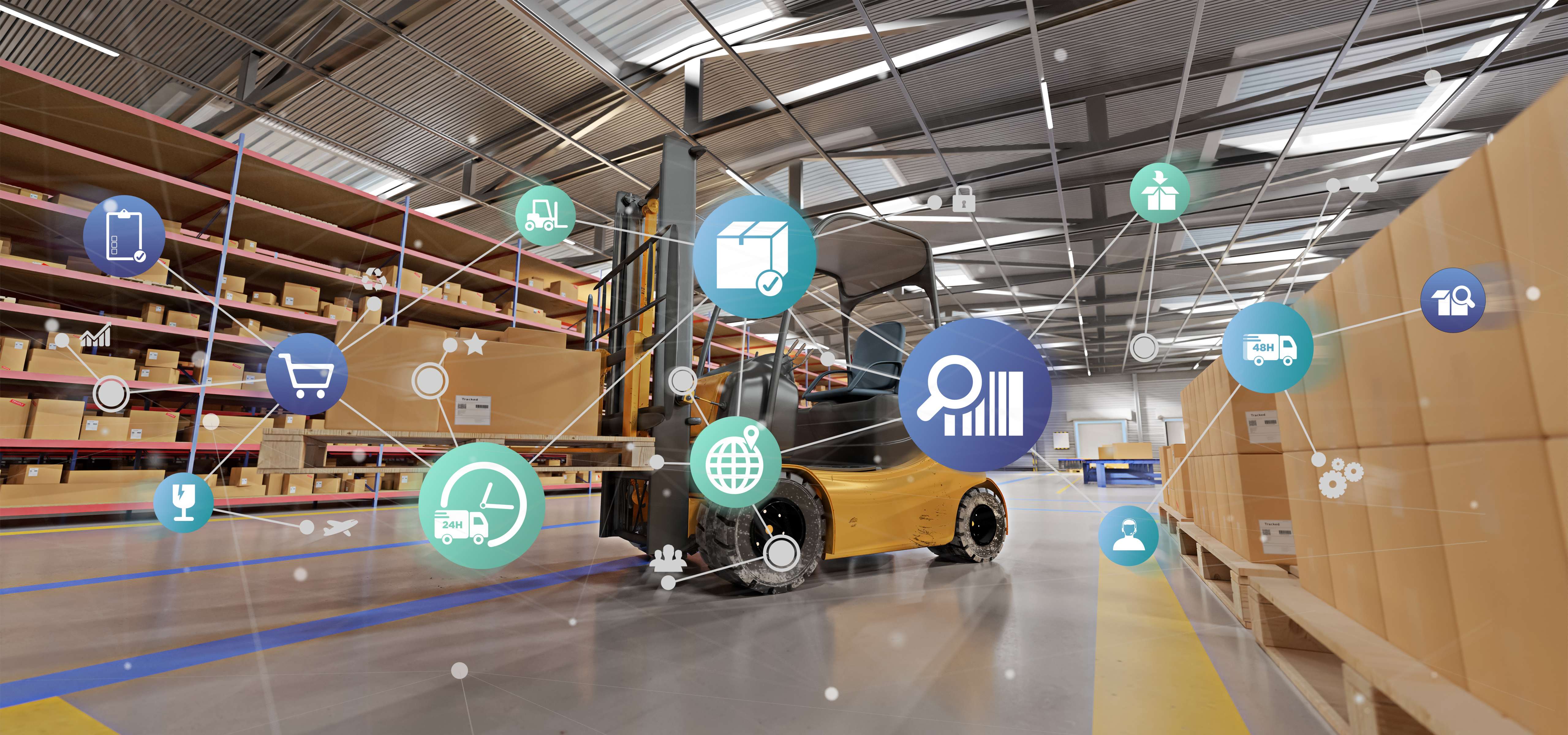Online-to-Offline Sourcing: The Key To Building Trust
Business-to-business (B2B) transactions are integral to the functioning of the global economy. It is very rare for a corporation to be in direct control of every stage of its supply chain. When it comes to manufactured goods, most manufacturers acquire their raw materials from outside suppliers. The process by which supply chain managers find the right suppliers to work with is known as “sourcing.” It is the earliest stage of supply chain management.
Sourcing is frequently used interchangeably with the term “procurement.” However, when it comes to supply chain management, the two are related but distinct. The difference between sourcing and procurement is fundamental, and can be understood as follows:
- Sourcing concerns itself with the question of “Who?” It involves finding the right suppliers.
- Procurement concerns itself with the questions “What?” and “How?” It involves deciding the terms for the purchase of required materials with the chosen supplier.
Sourcing has always been a crucial component of supply chain management, but the advent of technology has added new layers to the process. In this post, we will learn about online-to-offline (O2O) commerce, and how it can bolster the B2B relationships on which supply chains are built.

What Is Online-to-Offline Commerce?
As the name suggests, O2O is a business strategy that involves attracting customers through online channels with the goal of having them make a purchase in a physical store. In a B2B context, customers are the organizations making the purchase for their supply chain needs. Tools used for O2O commerce include:
● Integrated online shopping experiences
● Online marketing
● Emails
● Advertising
● In-store pick-up and return for online purchases
O2O commerce is proving beneficial to organizations on both ends of the spectrum. Consider the cases of Amazon and Walmart. The online retailer Amazon made a $13.7 billion purchase of Whole Foods, signaling its intent to bring online customers to physical stores. On the other hand, Walmart, one of the USA’s largest in-store retailers, acquired the e-commerce company Jet for $3 billion as a means to grow its online customer base.
Offline Sourcing for Supply Chains
Before the online revolution shook up supply chain management, sourcing for B2B transactions was conducted offline. It relied on working relationships between experienced professionals. Even today, maintaining a robust professional network is vital for offline sourcing.
The reason offline sourcing continues to be a favored mode of conducting B2B transactions is that its personalized nature fosters trust between the buyer and seller. Compared to online sourcing, the “psychological distance” between both parties is greatly reduced in offline sourcing, creating favorable conditions for partnerships to come together.
How Online Sourcing Affects Supply Chain Management
The increasing use of digitization in supply chain management has been accompanied by a corresponding rise in online sourcing that is used for B2B deals. However, online sourcing has not completely supplanted offline sourcing.
Below are some ways online sourcing has impacted supply chain management:
Benefits of Online Sourcing
● Online sourcing has made the size of the available marketplace grow exponentially
● Pertinent information for B2B deals is readily available
● The increased competition has led to lower prices
● Intermediaries and middlemen are bypassed through online sourcing
Drawbacks of Online Sourcing
● More impersonal than face-to-face deals
● There is less potential for long-term collaboration
● Organizations tend to prefer offline sourcing for important purchases
Clearly, one of the main drawbacks for online vendors is it becomes more challenging to build trust. In the next section, we’ll show you ways to overcome this limitation.
Ways To Build Trust in Online-to-Offline Commerce
When it comes to O2O commerce, the goal is to incentivize customers to migrate from online to offline marketplaces. This shift would not be possible if customers didn’t trust that their interests will be protected after they migrate.
Below are some of the best practices organizations can adopt to build trust with their O2O customers.
Customer Service
Even though B2B transactions take place between two companies, the decisions are ultimately made by humans. A human-centric customer service plan that makes interacting with a company a pleasurable experience will build trust with consumers and drive O2O migration.
Social Media Interaction
Social media is the virtual manifestation of a professional network. B2B businesses must interact with their industry peers and customer base on social media to build ongoing relationships. Consistent messaging on social media will tell consumers that a company stands by certain values and can be trusted.
Transparency
Perhaps the most obvious way companies can build trust with customers is by being transparent, open, and honest. In a B2B context, this could entail being upfront about timelines, the origin of goods, and business practices. Allowing B2B stakeholders access to relevant information allows them to feel more comfortable when it comes to placing their trust in a company.
Online Presence
Social media is not your only communication channel with customers. Maintaining a company blog, publishing the thoughts of key figures in industry literature, and staying involved in relevant discourses online allows a company to establish a trustworthy online presence.
The Online-to-Offline Trust Pipeline
A successful O2O strategy can convert customers who were completely unaware of a company into its advocates. This transformation occurs over a continuum and has nine stages, which are:
1. Unaware to Aware: When a consumer learns about a company’s offerings
2. Aware to Curious: When a consumer interacts with an O2O tool
3. Curious to Interested: When a consumer finds out a company can help solve their problems
4. Interested to Believing: When a consumer is convinced a business can provide what they are offering
5. Believing to Wanting: When consumers wish to learn more about a specific product they are interested in
6. Wanting to In-Motion: A crucial step where consumers respond to an offer by the company
7. In-Motion to Buyer: Where consumers become customers, and pay for goods or services
8. Buyer to Satisfied Customer: When customers are convinced that they got their money’s worth
9. Satisfied Customer to Advocate: When a high standard of service is maintained, a bond of trust is formed
After customers have gone through the nine stages, the conditions for a fruitful B2B partnership with the vendors fall into place. Building trust between parties is key for successful B2B dealings in the O2O sphere.

